13 George Romero Films Every Horror Fan Should Watch
George Romero is a legendary filmmaker known for shaping the modern horror genre. His films, particularly those featuring zombies, have influenced countless movies and stories across media. Romero’s unique ability to blend horror with social commentary set his work apart from other directors. From the groundbreaking “Night of the Living Dead” to the thought-provoking “Dawn of the Dead,” his films explore human survival and societal collapse. Many of Romero’s works go beyond horror, delving into deeper themes such as consumerism, class struggles, and the consequences of human behavior.
This post may contain affiliate links, which helps keep this content free. Please read our disclosure for more info.
Night of the Living Dead (1968)
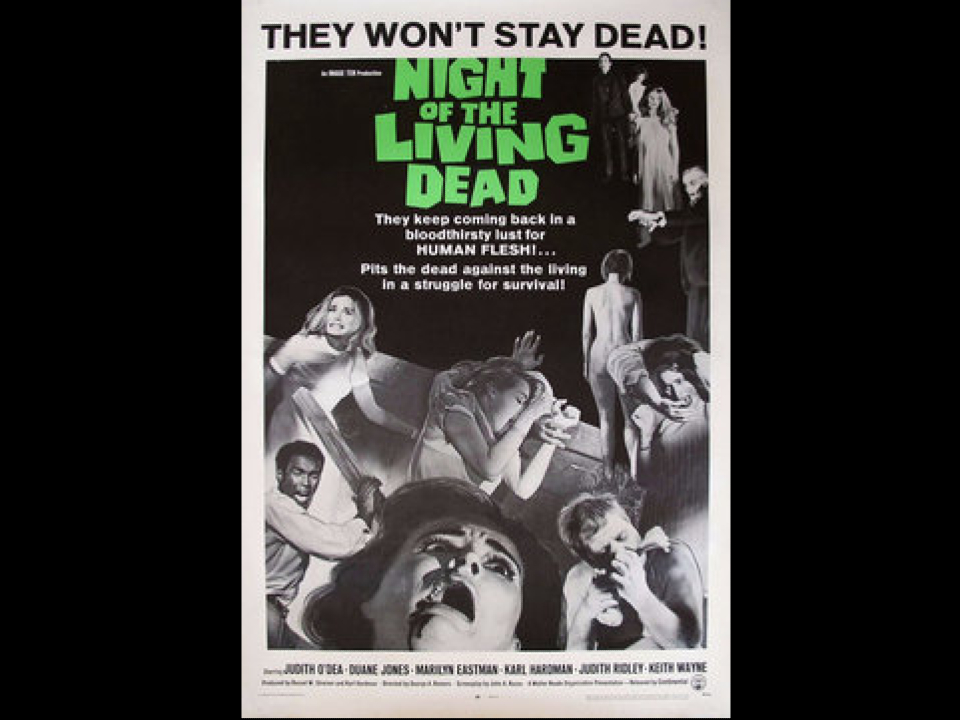
George Romero’s “Night of the Living Dead” is a landmark in horror cinema, regarded as the film that launched the modern zombie genre. Its gritty black-and-white visuals and tense atmosphere laid the foundation for zombie films that would follow. The film follows a group of strangers trapped in a house, fighting for survival against hordes of the undead. It introduces the concept of zombies as we know them today—slow-moving, flesh-eating monsters.
The film’s shock value was groundbreaking for its time, with its unexpected ending and critique of societal issues. Romero’s careful use of suspense, as well as his portrayal of human nature under extreme pressure, makes this a must-watch for horror fans. It set the standard for zombie survival stories and influenced countless films, games, and other media in the genre.
Dawn of the Dead (1978)
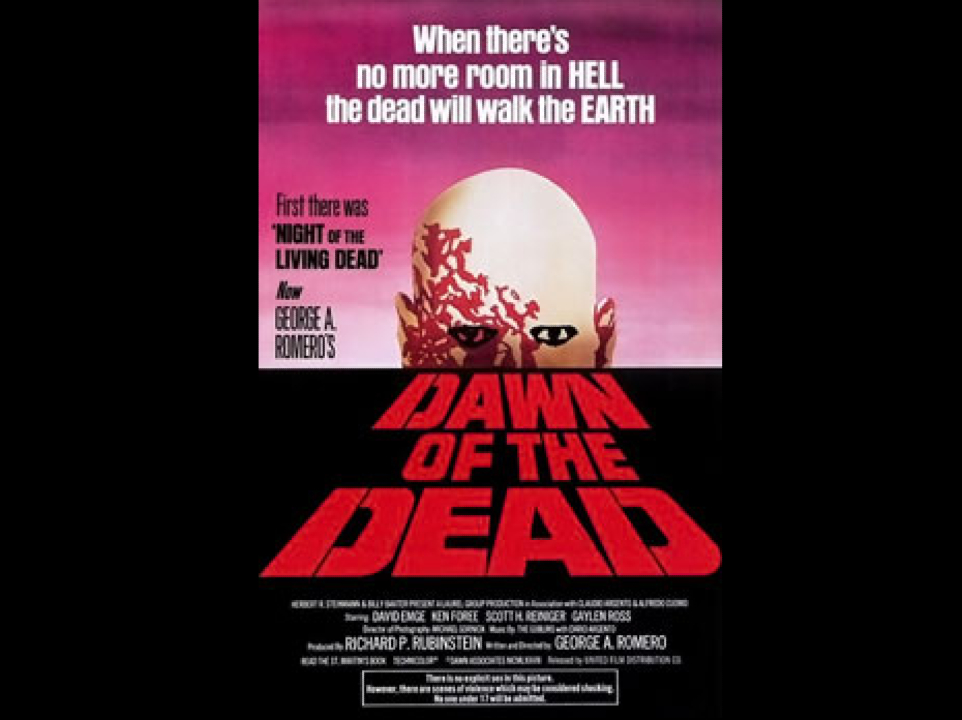
“Dawn of the Dead” is a bold follow-up to “Night of the Living Dead,” taking the zombie genre to a new level. The film is set in a shopping mall, where a group of survivors seeks refuge from the growing zombie outbreak. Romero uses the mall as a metaphor for consumerism, turning a mundane space into a deadly battleground.
The film expands on the themes of human survival, social collapse, and the psychology of fear. With its mix of horror and social commentary, “Dawn of the Dead” became a cult classic. Its graphic violence and satirical tone made it a significant film in the zombie genre and solidified Romero’s position as a pioneer in horror cinema.
Day of the Dead (1985)
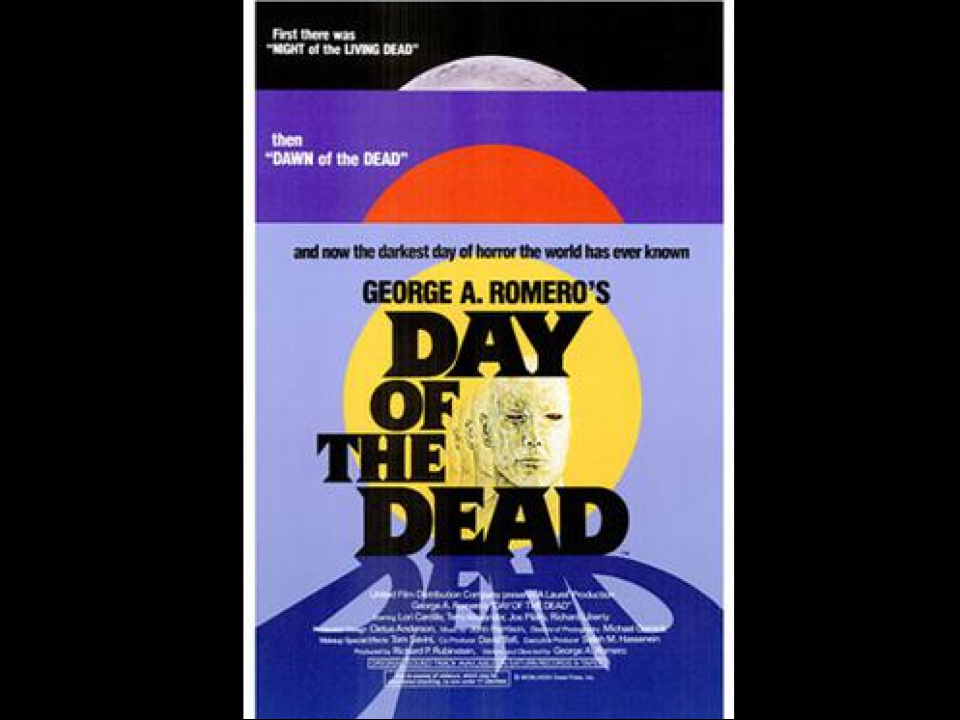
“Day of the Dead” is the third installment in Romero’s zombie saga, offering a more somber and psychological look at the apocalypse. Set in an underground military bunker, the film delves into the power struggles among survivors while the zombie threat grows ever stronger. Unlike the previous two films, “Day of the Dead” focuses more on character conflict and the moral questions surrounding survival.
Romero explores themes of control, militarism, and human nature in the face of annihilation. The film’s gruesome special effects, especially in its portrayal of the undead, were groundbreaking for its time. While it wasn’t as commercially successful as its predecessors, “Day of the Dead” remains an influential film in both horror and zombie cinema.
The Crazies (1973)
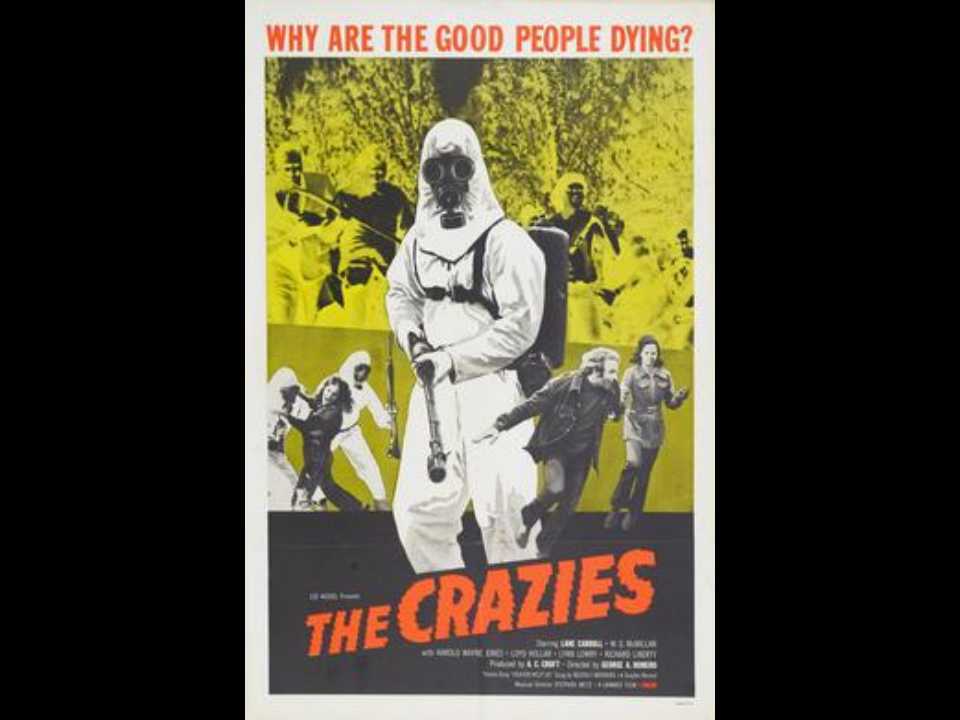
In “The Crazies,” Romero moves beyond the zombie genre and into the realm of biological horror. The film follows a town struck by a mysterious biological weapon that turns its residents into violent, uncontrollable individuals. Romero uses the chaos caused by the outbreak as a vehicle for exploring government secrecy, military intervention, and the breakdown of societal order.
While “The Crazies” may not be as well-known as Romero’s zombie films, it has earned its place as a cult classic. The film’s eerie atmosphere and portrayal of fear-induced violence make it an unsettling experience. The idea of a pandemic that spirals out of control still resonates with audiences, especially given modern concerns over biosecurity.
Knightriders (1981)
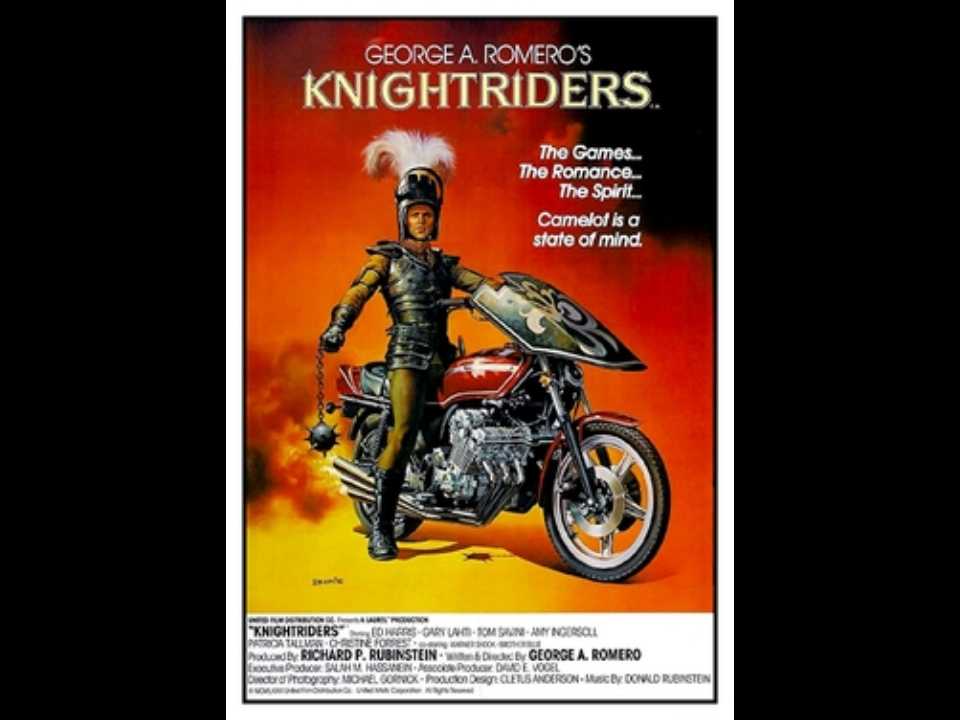
“Knightriders” is a unique entry in Romero’s filmography, combining elements of medieval fantasy with contemporary biker culture. The film follows a group of motorcyclists who recreate the traditions of medieval knights, engaging in jousting tournaments with a modern twist. At its core, “Knightriders” is about the clash between ideals of honor and the harsh realities of the modern world.
Romero blends absurdity with deep character studies, making the film a surreal exploration of masculinity, societal roles, and the pursuit of meaning in life. The film’s slow pace and heavy focus on its characters may not appeal to every viewer, but it offers a fascinating take on Romero’s ability to mix genres.
The Amusement Park (1973)
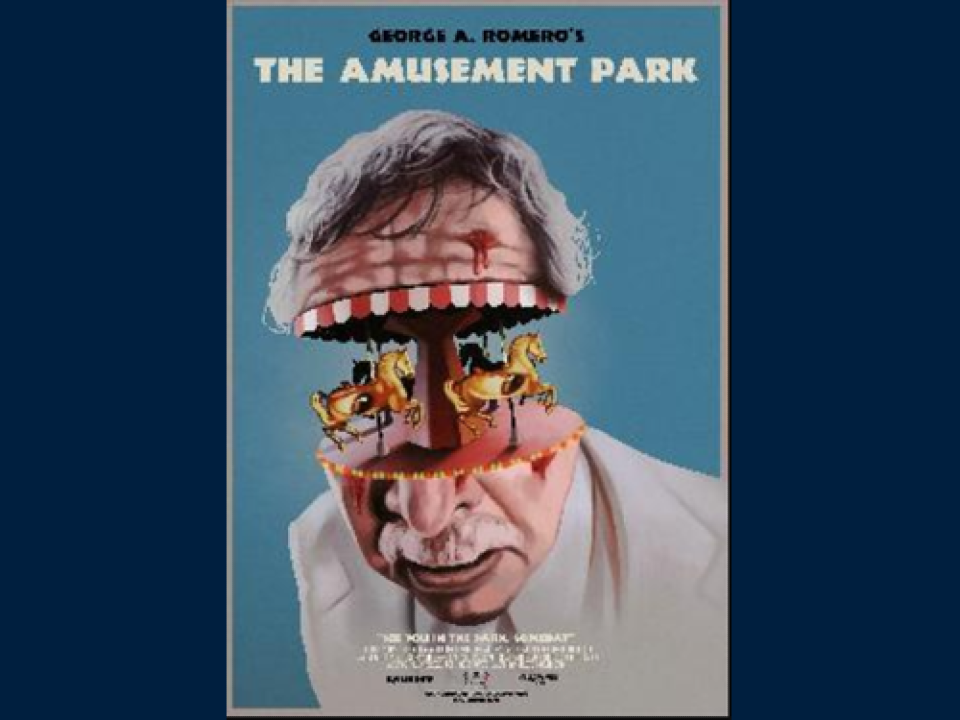
One of Romero’s lesser-known works, “The Amusement Park” is a surreal, psychological horror film that critiques ageism. The film follows an elderly man who becomes trapped in a nightmarish amusement park, where he experiences an escalating series of disturbing events. Romero uses the park as a metaphor for societal neglect and the treatment of the elderly.
“The Amusement Park” blends surrealism with social commentary, making it a unique entry in Romero’s body of work. Although it was originally intended as a PSA for senior citizens, the film’s dark atmosphere and allegorical themes give it lasting horror appeal. Romero’s ability to turn an ordinary setting into a psychological battleground is a testament to his skill as a filmmaker.
Land of the Dead (2005)
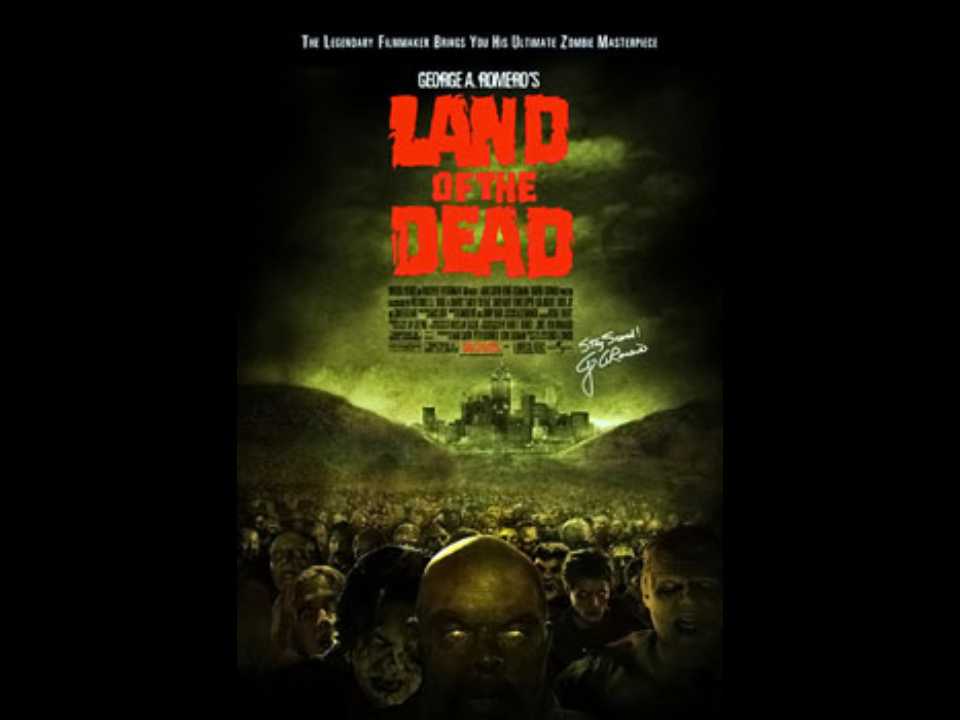
“Land of the Dead” is a return to Romero’s zombie genre after a long hiatus, and it takes the apocalyptic world to new heights. In this film, the undead have begun to evolve, and a class divide forms between the survivors. The survivors live in a fortified city, while the zombies roam outside, growing increasingly intelligent. Romero uses this premise to address themes of class struggle, social inequality, and the exploitation of the marginalized.
While it is more polished and mainstream than Romero’s earlier films, “Land of the Dead” retains the sharp social commentary that has always been a hallmark of his work. The film was well-received for its practical effects, thought-provoking themes, and the return of Romero’s unique brand of horror. It’s a fitting continuation of the zombie saga, blending action with political commentary.
Survival of the Dead (2009)
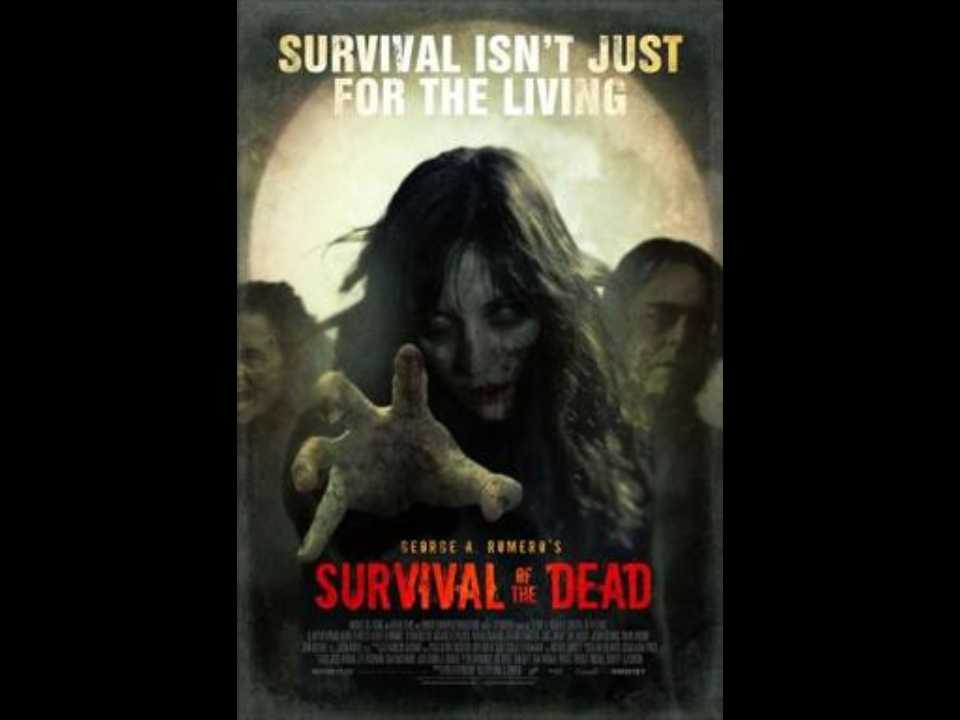
“Survival of the Dead” is the final installment in Romero’s “Dead” series, offering a new look at the world of the undead. Set on a small island, the film focuses on two feuding families who struggle for control while trying to survive the zombie outbreak. This film deals with themes of tradition versus progress, showing how family loyalty can become destructive in the face of a zombie apocalypse.
While not as critically acclaimed as earlier films in the series, “Survival of the Dead” still captures Romero’s signature style of mixing horror with societal critique. The film’s pacing is slower compared to more modern zombie movies, but it offers a unique look at how communities might fracture when confronted with the threat of extinction.
Creepshow (1982)
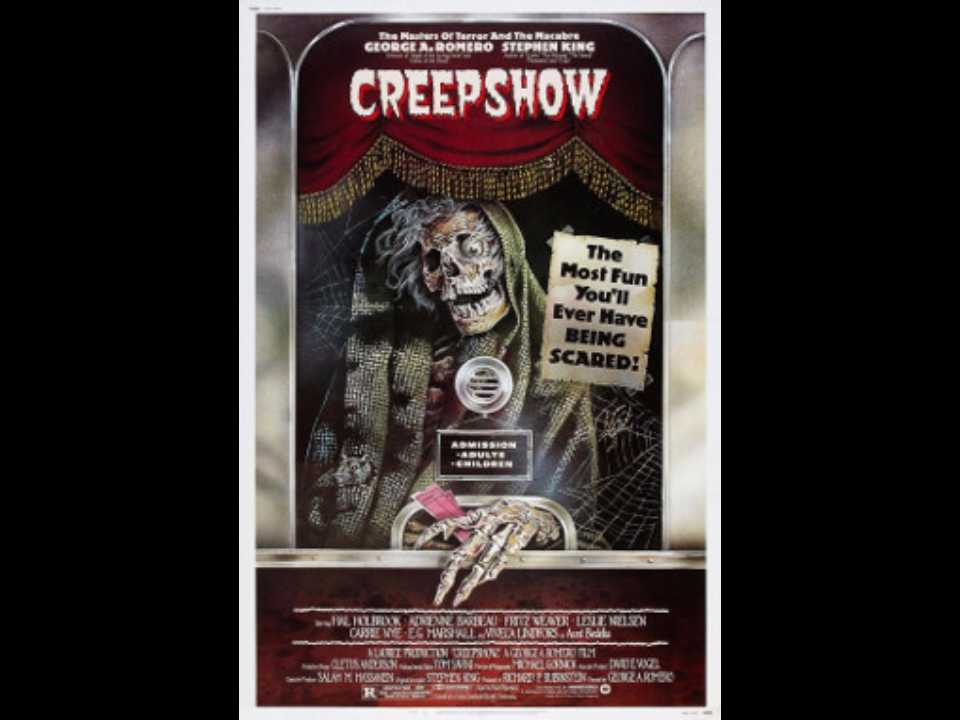
“Creepshow” is a horror anthology film co-written by Stephen King and directed by George Romero. It consists of five short stories, each with its own chilling twist. Romero brings King’s stories to life with a combination of dark humor, grotesque imagery, and visual flair. The film has a comic book-style presentation, making it feel like a series of bizarre tales from another world.
The film features a star-studded cast, including Adrienne Barbeau, Hal Holbrook, and Leslie Nielsen. “Creepshow” is celebrated for its memorable special effects and for being a great blend of horror, humor, and camp. It remains a beloved classic in the anthology genre, with its influence still visible in films and shows today.
The Dark Half (1993)
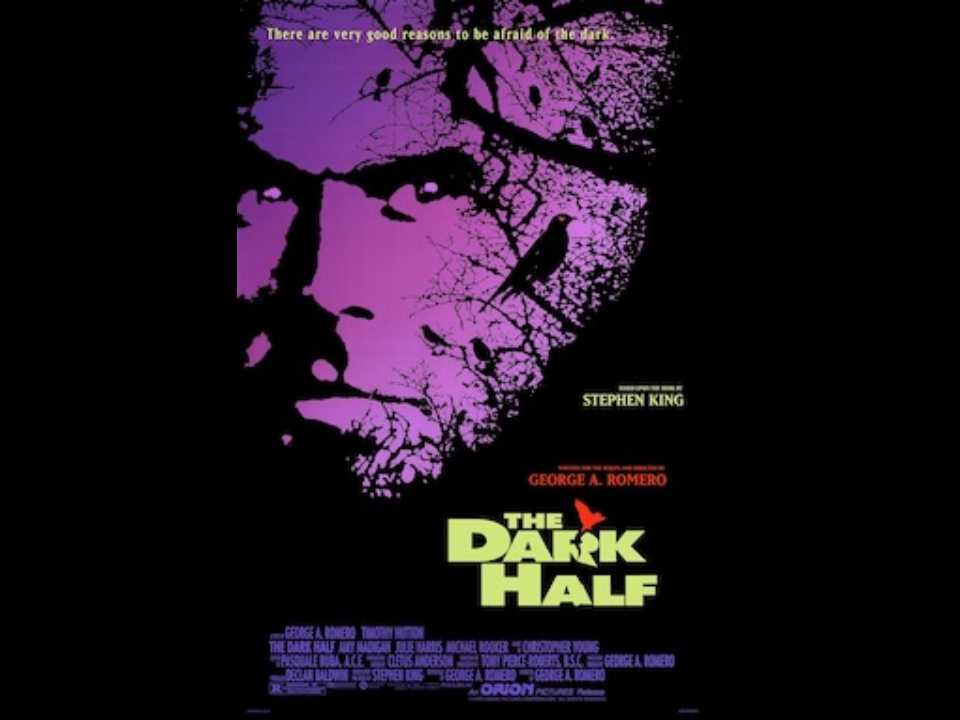
Based on a novel by Stephen King, “The Dark Half” is a psychological horror film that deals with themes of identity, writing, and the consequences of creativity. The story follows an author whose pseudonym comes to life and begins committing murder. Romero’s direction creates an unsettling atmosphere as the film explores the dark side of the human psyche.
The film stands out for its focus on psychological horror rather than traditional slasher tropes. With a strong performance by Timothy Hutton, “The Dark Half” dives into the madness that comes with fame and the persona of an author. While not as widely known as other Romero works, it’s a must-watch for fans of psychological horror and King adaptations.
Martin (1976)
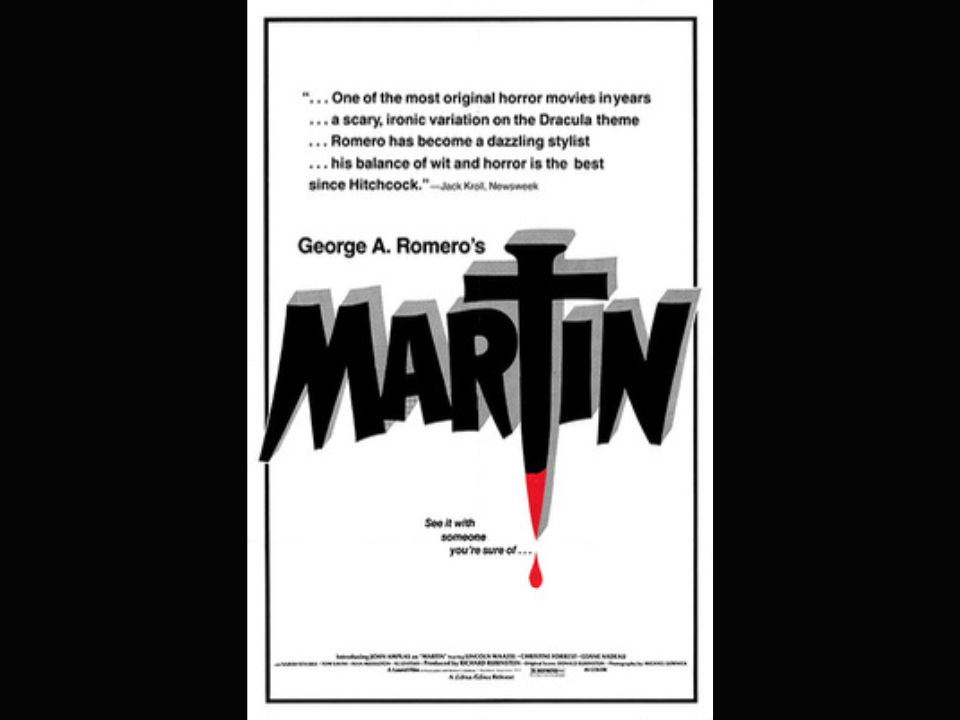
“Martin” is one of Romero’s most unique and unsettling films. It centers on a troubled young man, Martin, who believes he is a vampire, going around attacking and drinking the blood of his victims. Rather than embracing the typical supernatural elements of vampire lore, Romero presents Martin’s behavior as part of a psychological breakdown.
The film focuses on themes of identity, mental illness, and family dysfunction. Romero’s nuanced approach to horror in “Martin” reflects his ability to blend the supernatural with social realism. This makes the film stand out from more traditional vampire movies and gives it a lasting impact on the genre.
The Night of the Living Dead (1990)
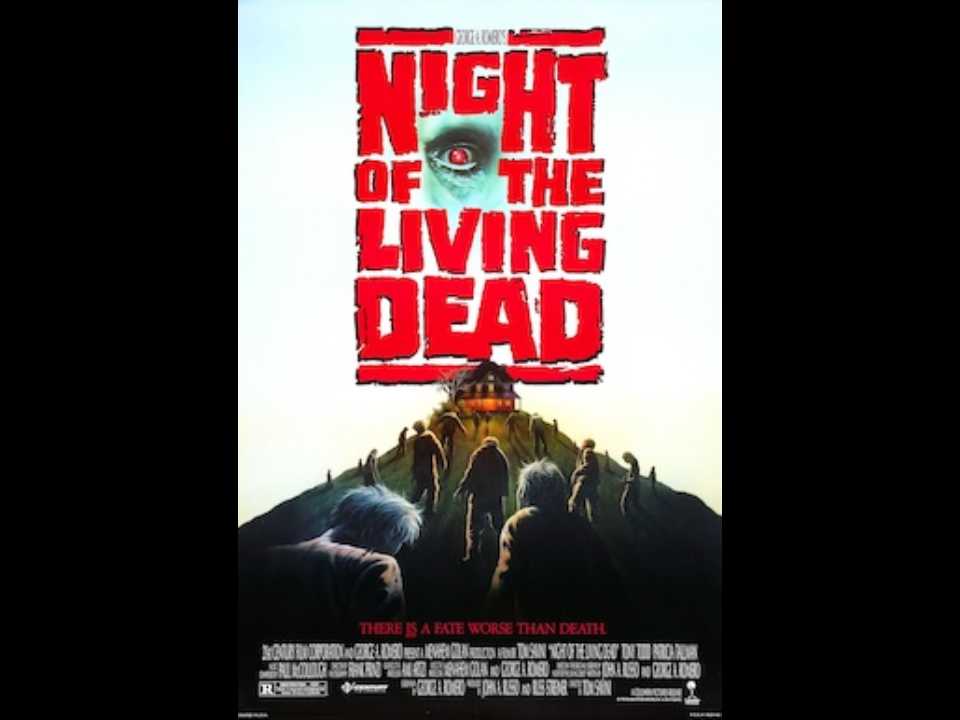
Romero’s 1990 remake of his iconic 1968 film is a fresh take on the original concept. While it stays true to the original plot, the 1990 version updates the special effects and expands on the characterization, giving more depth to the survivors. The film is a solid reimagining, with increased suspense and intensity.
This version has its own distinct style, offering a more polished presentation than the original. Romero’s decision to add a more prominent female protagonist provides a modernized lens through which to explore survival and human nature in the face of a zombie apocalypse. Fans of the original will appreciate this thoughtful retelling.
Monkey Shines (1988)
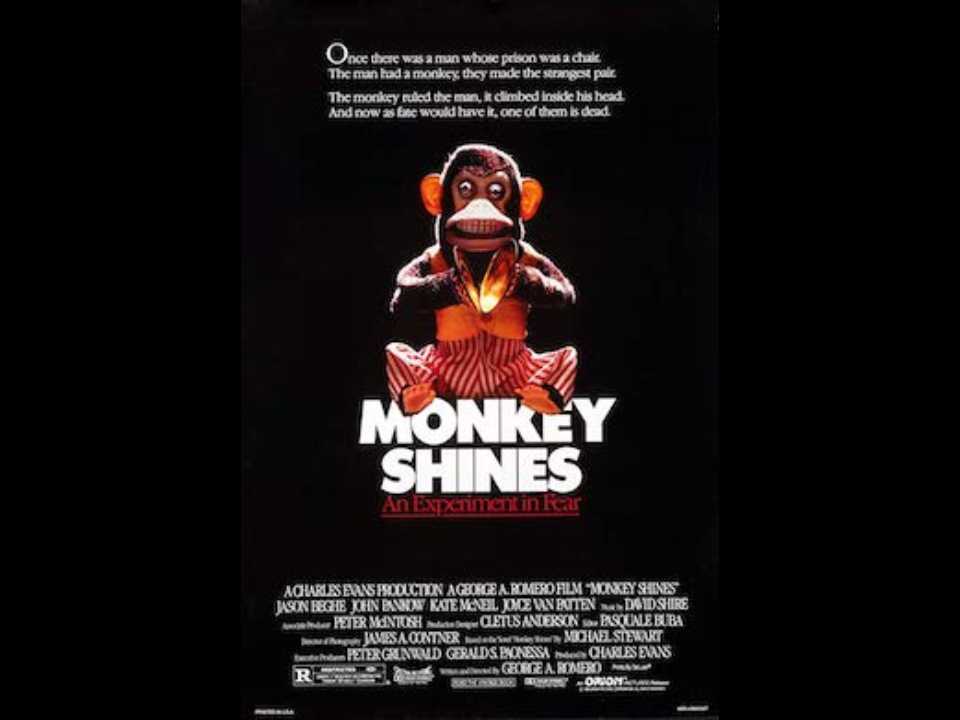
In “Monkey Shines,” Romero explores the theme of dependency, both physical and emotional. The film tells the story of a quadriplegic man whose life is changed when he receives a trained monkey as a service animal. As the monkey becomes more involved in his life, it begins to exhibit violent tendencies.
“Monkey Shines” explores the connection between human and animal and the ethical dilemmas that arise when science and nature collide. The film blends psychological horror with the supernatural, offering a tense and thrilling ride. It’s a lesser-known work in Romero’s filmography, but its unique premise and chilling moments make it an intriguing watch for horror fans.
This article originally appeared on Avocadu.
